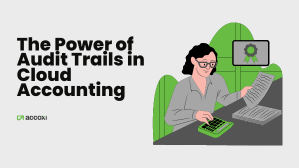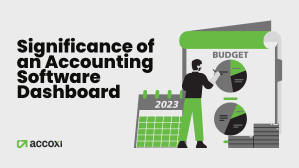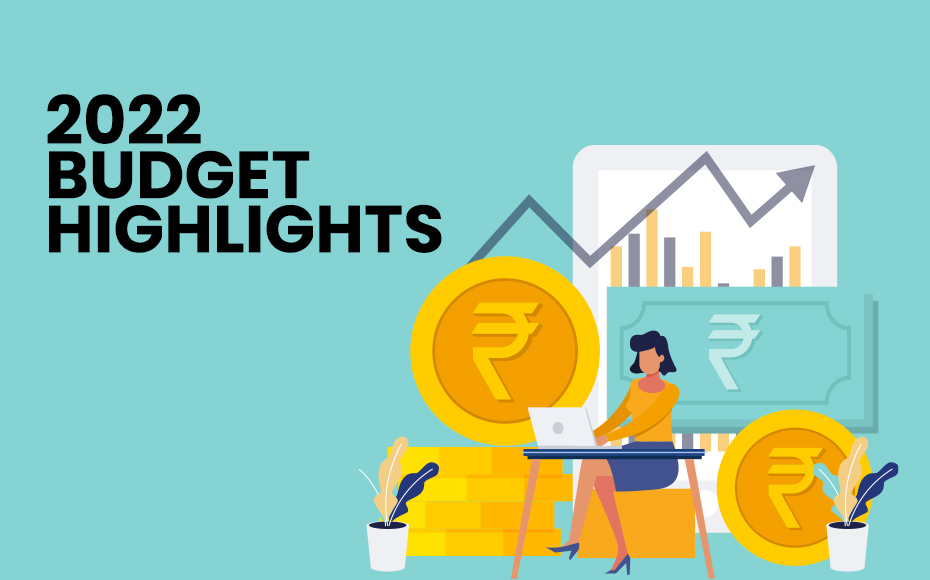E-Invoicing Under GST
Digital technology has permeated into all aspects of our daily life and it facilitates us in multiple ways. With a view to digitizing the whole tax administration and bringing ease to the way the business is being done, the Goods and Services Tax council has introduced E-invoicing for businesses in India.
What is E-invoicing under GST?
E-Invoicing means an electronic invoicing system through which B2B invoices are validated electronically by GSTN (Goods and Service Tax Network) for proceeding on the common GST portal for GST invoicing. In accordance with the e-invoicing system, an identification number would be issued against any invoice by the Invoice Registration Portal (IRP), handled by the GSTN. The first IRP was launched by National Informatics Center.
On a real-time basis, all invoice information would be transferred from the invoice portal to GST and e-way bill portal. Thus, a manual data entry is not required while filing GSTR 1 returns and generation of Part A of the e-way bills, when the information is passed directly by the IRP to the GST portal.
E-Invoice is applicable to whom?
As per Notification No 61/2020-Central Tax and 71/2020-Central Tax, the first phase of e-invoicing came into being on 1st October 2020 for taxpayers with an aggregate turnover exceeding Rs 500 crore. According to Notification No. 5/2021 that e-invoicing would be applicable from April 1, 2021, onwards, for businesses with a turnover of more than Rs.50 crore. The taxpayers have to conform to e-invoicing under GST in case the turnover exceeds the specified limit in any financial year from 2017-18 to 2019-20. Besides, the aggregate turnover includes the turnover of all GSTINs under a single PAN across India.
Notwithstanding the turnover, e-Invoice GST will not be applicable to the following categories of registered taxpayers for now, as per CBIC Notification No.13/2020 – Central Tax:
- A financial institution or an insurer or a banking company including NBFC
- A Goods Transport Agency (GTA)
- A registered taxpayer supplying passenger transportation services
- A registered taxpayer supplying services by way of admission to the exhibition of cinematographic films in multiplex services
- An SEZ unit (excluded through CBIC Notification No. 61/2020 – Central Tax)
- A government department and Local authority (excluded through CBIC Notification No. 23/2021 – Central Tax)
What is the present system for issuing invoices?
At present, businesses depend on various software to generate invoices, and the details of these invoices are manually uploaded onto GSTR 1 return. As the respective suppliers file the GSTR 1, the invoice details remain to be same. That would be managed by again importing by way of excel tool / JSON or through API integration either directly or via a GST Suvidha Provider (GSP). The information would freely flow to GSTR 1 preparation and for the e-way bill generation too. So the e-invoicing system would be a relevant tool to enable it.
How will e-Invoicing benefit businesses?
Businesses could avail of the following benefits by means of electronic invoicing:
- e-Invoice addresses and plugs a major gap in data reconciliation under GST in order to minimize mismatch errors.
- e-Invoices generated on one software are readable by another software, letting interoperability and lessen data entry errors.
- Real-time tracking of invoices made by the supplier is enabled by e-invoice.
- Backward integration and automation of the tax return filing process – the relevant details of the invoices would be auto-populated in the various returns, specifically for raising the part-A of e-way bills.
- Quicker availability of genuine ITC.
- Lesser possibility of audits/surveys by the tax authorities as the information they need would be at their disposal at a transaction level.
What is the process to get an invoice?
You could raise an e-invoice through the following stages
- The taxpayer should ensure to rely on the reconfigured ERP system in accordance with PEPPOL standards. He is free to coordinate with the software service provider to incorporate the standard set for e-invoicing, i.e. e-invoice schema (standards), and he should have the mandatory parameters notified by the CBIC, at least.
- Any taxpayer has two options for IRN generation:
- The IP address of the computer system could be whitelisted on the e-invoice portal for a direct API integration or integration via GST Suvidha Provider (GSP)
- Download the bulk generation tool to bulk upload invoices. It would generate a JSON file that could be uploaded on the e-invoice portal to generate IRNs in bulk.
- Then taxpayer should generate a regular invoice on that software. He has to furnish all the necessary information such as billing name and address, GSTN of the supplier, transaction value, item rate, GST rate applicable, tax amount, etc.
- When either of the above options is chosen, generate the invoice on the respective ERP software/billing software. Then, upload the details of the invoice, especially mandatory fields, onto the IRP using the JSON file or via an application service provider (app or through GSP) or through direct API. The IRP could act as the central registrar for e-invoicing and its validation. There are several other modes of interacting with IRP, like SMS-based and mobile app-based
- IRP would authenticate the details of the B2B invoice, crosscheck for any duplications, and raise an invoice reference number (hash) for reference. There are four parameters based on which IRN is generated: Seller GSTIN, invoice number, FY in YYYY-YY, and document type (INV/DN/CN).
- IRP raises the invoice reference number (IRN), digitally signs the invoice, and makes a QR code in Output JSON for the supplier. Besides, the seller of the supply would be informed of the e-invoice generation through email (in case it is given in the invoice).
- IRP would send the validated payload to the GST portal for GST returns. In addition to that, details would be forwarded to the e-way bill portal, in case of applicability. The GSTR-1 of the seller gets auto-populated for the relevant tax period. And, it ascertains the tax liability.
A taxpayer could continue to take a print of his invoice as it is done at present with a logo. The e-invoicing system only makes it mandatory that all taxpayers have to report their invoices on IRP in electronic format.
How will e-Invoicing curb tax evasion?
E-invoicing helps to curb tax evasion through the following ways:
- All transactions are accessible by the tax authorities as they take place in real-time since the e-invoice will have to be mandatorily generated via the GST portal.
- There will be very little scope for tampering with the invoices as the invoice gets generated before making a transaction.
- E-invoicing reduces the chances of fabricated GST invoices, and the only genuine ITC could be claimed as all invoices require to be generated through the GST portal. Since the input credit could be matched with output tax details, it becomes easier for GSTN to trace fake tax credit claims.
Penal Actions on Violations
- Non-generation of E-invoice could invoke a penalty up to INR 10,000 per invoice
- Incorrect invoicing could also invoke a penalty of INR 25,000 per invoice
Other than the penalty, delay in E-invoice generation can result in the following consequences:
- Customers may not accept invoices that are not compliant with the provisions as it could affect their eligibility to claim ITC.
- E-way bill will not get generated in the absence of IRN
- GSTR-1 will not get auto-populated thus prolonging the filing process
Are you looking for using e-invoices to improve your business tasks? Accoxi is an all-in-one accounting software that comes with industrial rich features which can aid in creating e-invoices and doing many other tasks effectively. Contact us to know Accoxi in detail today.







